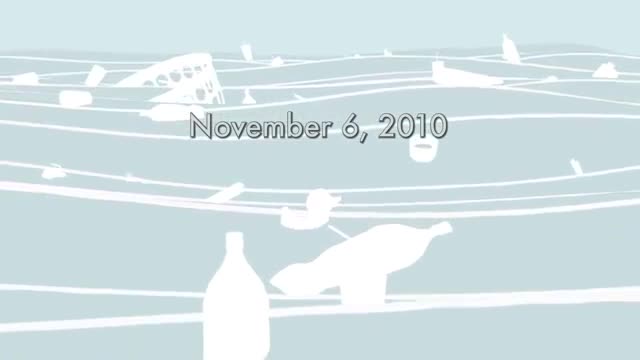
Arlene Blum
Arlene Blum has been a pioneer in women's mountaineering. She led the first American - and all-women's - ascent of Annapurna I, one of the world's most dangerous and difficult mountains. Blum also led the first women's team up Mt. McKinley, was the first American woman to attempt Mt. Everest, made the first traverse on foot of the Himalayan regions of Bhutan, Nepal and India, and hiked the length of the European Alps with her baby daughter on her back.
Her book Annapurna: A Woman's Place was chosen by National Geographic Adventure magazine as one of the 100 best adventure books of all time. It was also included in Fortune magazine's 2005 list of "The 75 Smartest Business Books We Know."
Blum's new memoir, Breaking Trail: A Climbing Life, shows how she realized improbable dreams both in the world's highest mountains and in the chemistry laboratory. Her articles and photographs have appeared in publications including National Geographic, Smithsonian, Science, and The New York Times.
Blum holds a doctorate in biophysical chemistry, and has taught at Stanford University, Wellesley College, and U. C. Berkeley. Her research was instrumental in banning Tris and Fyrol, two cancer-causing chemicals that were used as flame-retardants on children's sleepwear, as well as in banning the pesticide DBCP.
She currently serves on the board of the Institute for Social and Environmental Transition (ISET), an organization that works to solve climate, water and disaster problems in South Asia. Her awards include a Gold Medal from the Society of Women Geographers, an honor previously given to only eight other women, including Amelia Earhart, Margaret Mead, and Mary Leakey.
Blum speaks on the regulation of environmental chemicals and the precautionary principle, on mountain climbing and preserving mountain environments, and on ecological adventure travel and what we can learn from it. Her presentations include stunning slides and music when appropriate.
Arlene Blum has been a pioneer in women's mountaineering. She led the first American - and all-women's - ascent of Annapurna I, one of the world's most dangerous and difficult mountains. Blum also led the first women's team up Mt. McKinley, was the first American woman to attempt Mt. Everest, made the first traverse on foot of the Himalayan regions of Bhutan, Nepal and India, and hiked the length of the European Alps with her baby daughter on her back.
Her book Annapurna: A Woman's Place was chosen by National Geographic Adventure magazine as one of the 100 best adventure books of all time. It was also included in Fortune magazine's 2005 list of "The 75 Smartest Business Books We Know."
Blum's new memoir, Breaking Trail: A Climbing Life, shows how she realized improbable dreams both in the world's highest mountains and in the chemistry laboratory. Her articles and photographs have appeared in publications including National Geographic, Smithsonian, Science, and The New York Times.
Blum holds a doctorate in biophysical chemistry, and has taught at Stanford University, Wellesley College, and U. C. Berkeley. Her research was instrumental in banning Tris and Fyrol, two cancer-causing chemicals that were used as flame-retardants on children's sleepwear, as well as in banning the pesticide DBCP.
She currently serves on the board of the Institute for Social and Environmental Transition (ISET), an organization that works to solve climate, water and disaster problems in South Asia. Her awards include a Gold Medal from the Society of Women Geographers, an honor previously given to only eight other women, including Amelia Earhart, Margaret Mead, and Mary Leakey.
Blum speaks on the regulation of environmental chemicals and the precautionary principle, on mountain climbing and preserving mountain environments, and on ecological adventure travel and what we can learn from it. Her presentations include stunning slides and music when appropriate.




